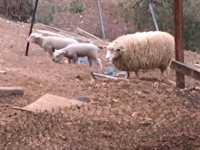Ridgetop
Herd Master
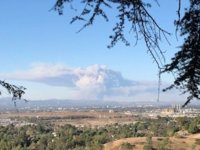 Looks dry so I can see why you need a sheep that can survive on less forage. most of the sheep breeds originally were grazed on nice green grassy pastures. More like New Zealand? Dry pastures are harsh but by breeding hardy sheep that can forage well on less, you can make it work. You are certainly figuring it out. We are dry too, but haven't any graze because of the drought. Thought we were going to have an El Nino year for a while, but only a couple days of rain. Still dry and brown.
Looks dry so I can see why you need a sheep that can survive on less forage. most of the sheep breeds originally were grazed on nice green grassy pastures. More like New Zealand? Dry pastures are harsh but by breeding hardy sheep that can forage well on less, you can make it work. You are certainly figuring it out. We are dry too, but haven't any graze because of the drought. Thought we were going to have an El Nino year for a while, but only a couple days of rain. Still dry and brown.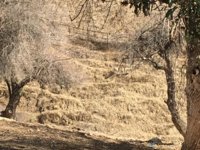

This is our land after good rains - You can see the dry grasses and forage. However, the photos below show our land now without rain. This is why shepherds used to travel looking for grazing for their stock. Of course this dry dirt inside our fece line is what saved us from the Creek fire.
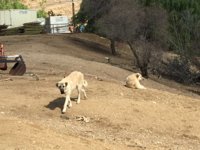
The picture below shows some stuff below the fence line on the front of the property, very steep and mostly brush. Good coyote cover, which is why we need more livestock guardians.
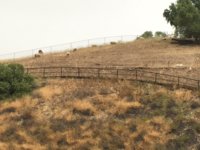
On the other hand, amazing sunsets and beautiful view. I suppose I can carry feed a while longer! LOL

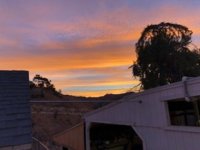
What is your predator load? Mostly wild dingoes? Do you need livestock guardian dogs or do you have much in the way of predator losses?

